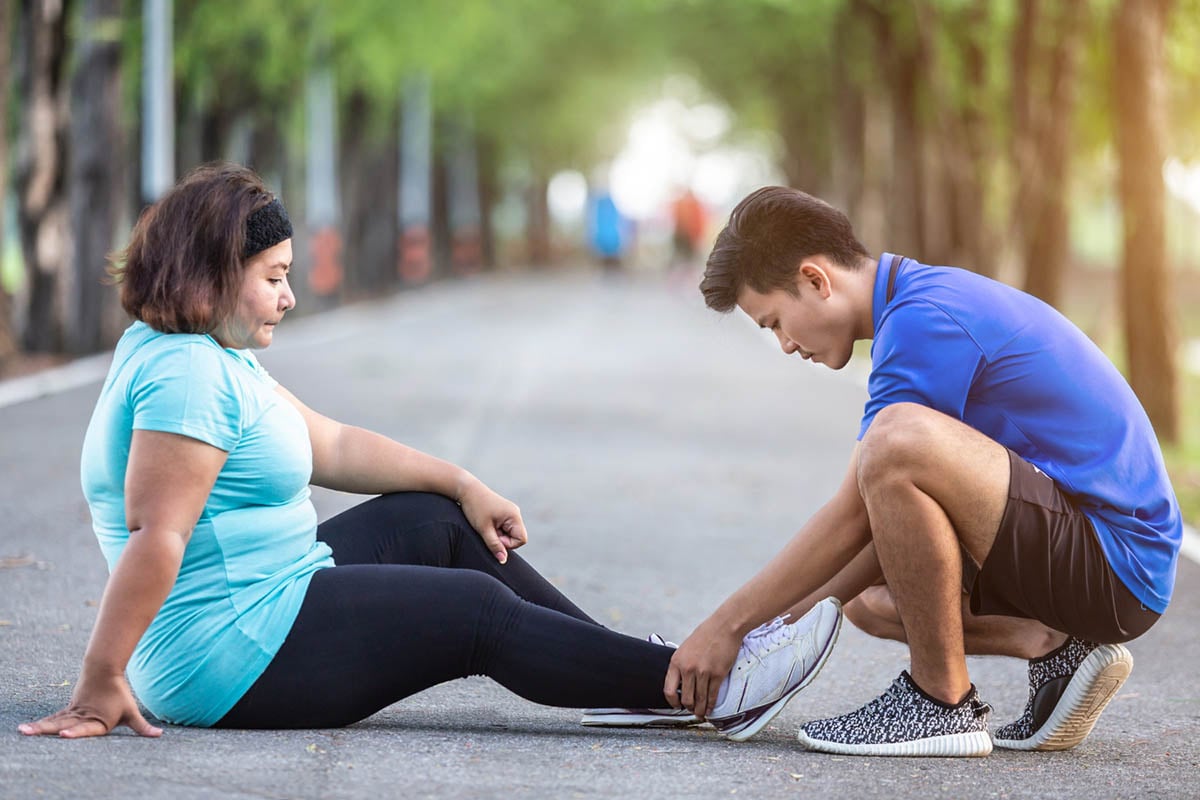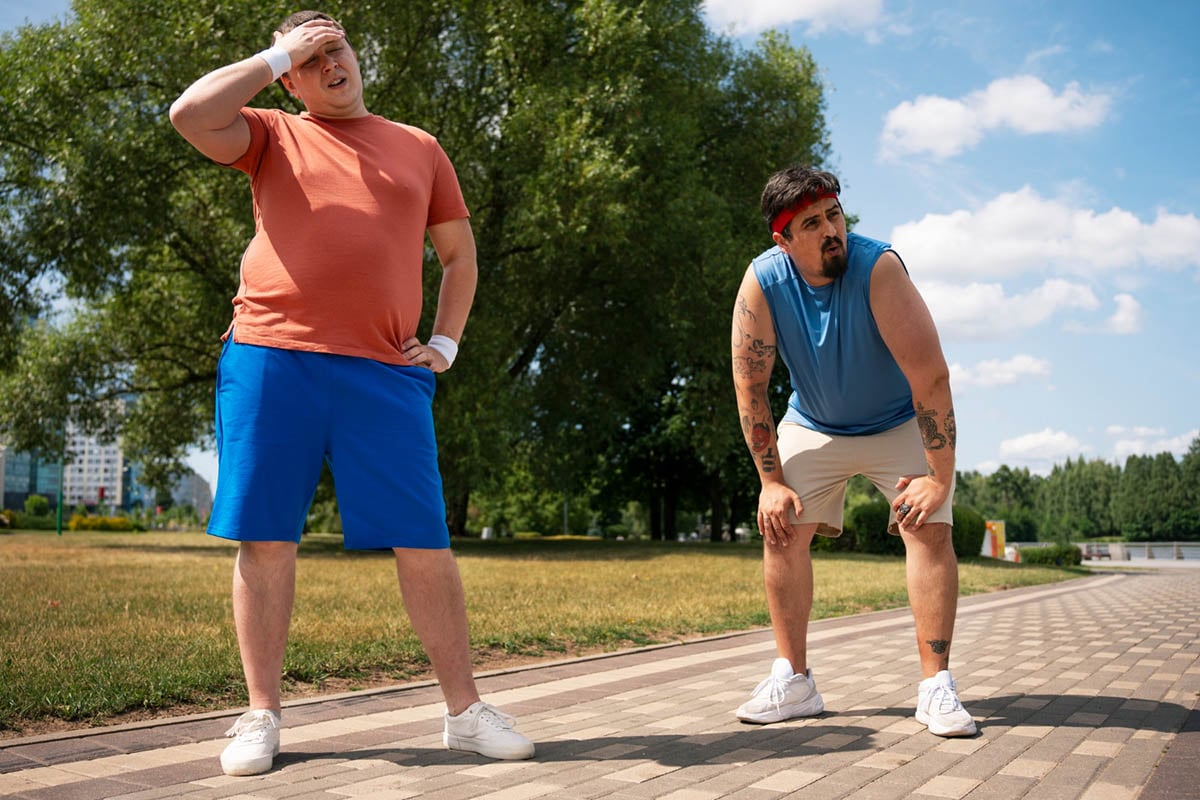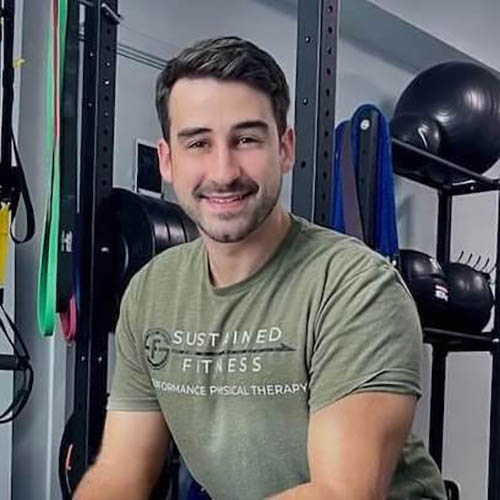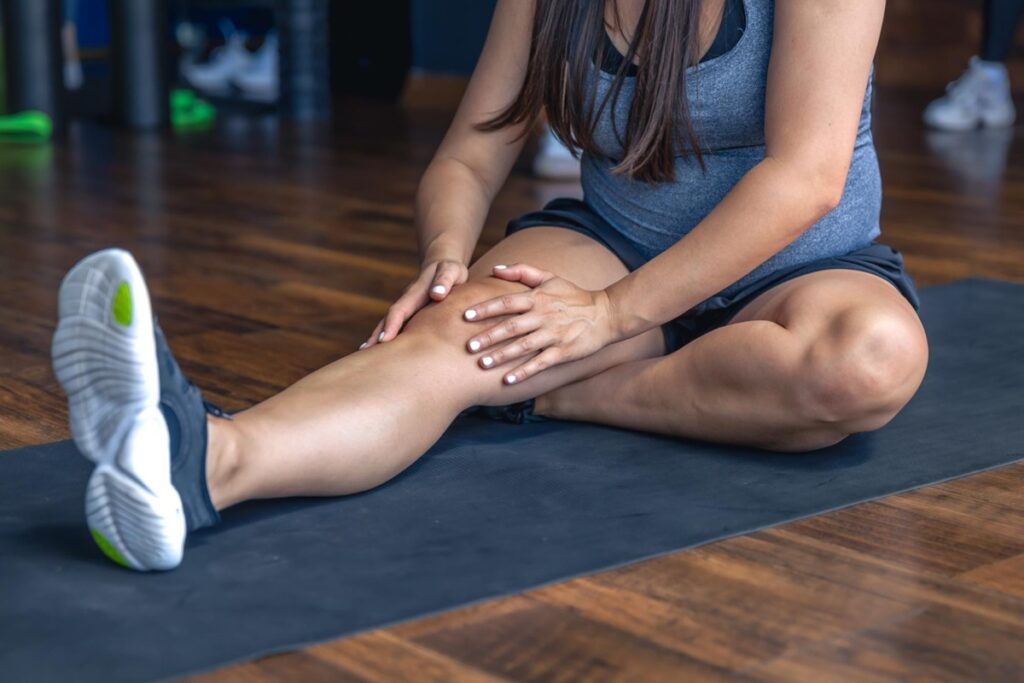Running is a beloved activity for many, offering numerous physical and mental benefits. Running is among the most widely practiced physical activities globally, with approximately 50 million regular runners in Europe and 42 million in the USA. However, it can also lead to injuries if not managed correctly. Annually, running-related injuries (RRI) impact nearly half …
Physical Therapy Guide for Runners Longevity and Injury Prevention

Running is a beloved activity for many, offering numerous physical and mental benefits. Running is among the most widely practiced physical activities globally, with approximately 50 million regular runners in Europe and 42 million in the USA. However, it can also lead to injuries if not managed correctly. Annually, running-related injuries (RRI) impact nearly half of the running population. Physical therapy for runners plays a crucial role in ensuring runners can enjoy their passion for the long haul. By preventing injuries and enhancing performance, physical therapy helps runners maintain their longevity in the sport.
How Running Impacts the Body
Running is a high-impact activity that places significant stress on the body, particularly on the joints, muscles, and bones. Over time, repetitive motion and impact can lead to overuse injuries, muscle imbalances, and other issues. Common running injuries include ankle pain, hip pain, tibial stress syndrome, and patellofemoral pain syndrome. In any given year, up to 70% of both recreational and competitive runners experience overuse injuries. Understanding these impacts is vital for implementing strategies to mitigate them and keep runners physically healthy.
Importance of Longevity in Running
For many runners, the goal is not just to run fast but to run for life. Longevity in running means staying injury-free, maintaining performance, and enjoying the physical and mental benefits of the sport for many years. Physical therapy for runners is a key component in achieving this goal, as it helps to address and prevent common running-related injuries and issues such as chronic pain and repetitive strain injuries.
The Role of Physical Therapy for Runners

Physical therapy offers a comprehensive approach to support runners in various ways, focusing on injury prevention, performance improvement, and promoting longevity.
Injury Prevention
One of the primary benefits of physical therapy for runners is injury prevention. Therapists can identify potential risk factors like poor running form and address them before they lead to significant problems. This proactive approach helps runners stay on the road or trail, reducing downtime due to injuries such as foot pain, hip pain, and patellofemoral pain.
Improving Performance
Physical therapists can also help runners improve their performance. By focusing on areas such as muscle strength, flexibility, and gait, therapists can assist runners in optimizing their form and efficiency. This not only helps prevent injuries but also enhances overall running performance. Techniques like varied interval training and dry needling can be employed to boost muscle function and reduce muscle strains.
Promote Longevity
Physical therapy promotes longevity by maintaining the health and function of the body. Regular sessions can help runners manage the stresses of running, recover more quickly from workouts, and sustain their ability to run well into the future. This includes addressing chronic injuries and ensuring that any acute issues do not turn into long-term problems.
Key Components of a Physical Therapy Program for Runners
A well-rounded physical therapy program for runners includes several key components to ensure optimal performance and injury prevention. Each component plays a crucial role in supporting runners’ long-term goals and helping them achieve their best performance while minimizing the risk of future injuries. By incorporating these elements, physical therapy programs can help runners maintain their physical health, avoid common running injuries, and enhance their overall running experience.
Assessment
The first step in any physical therapy program is a thorough assessment. This includes evaluating the runner’s strength, flexibility, gait, and overall biomechanics. The assessment helps identify any issues that need to be addressed and forms the basis for a customized treatment plan. It may also involve evaluating the likelihood of injury based on past injuries and current training routines.
Strength Training
Strength training is crucial for runners to maintain muscle balance and support joint health. Physical therapists design strength training programs tailored to the runner’s needs, focusing on areas such as the core, hips, and lower extremities. This helps in preventing injuries like hip pain and tibial stress syndrome by improving muscle strength and ensuring balanced muscle function.
Flexibility and Mobility
Maintaining flexibility and mobility is essential for runners to move efficiently and avoid injuries. Physical therapy includes exercises and techniques to improve flexibility and mobility, such as the hip flexor stretch and various mobility exercises, ensuring that the runner’s muscles and joints function optimally. This helps in reducing the risk of chronic pain and enhancing overall physical health.
Gait Analysis
Gait analysis is a critical component of physical therapy for runners. By analyzing the runner’s gait, therapists can identify any abnormalities or inefficiencies that may contribute to injuries. This information is used to make adjustments and recommendations for improving running form. Addressing poor running form early can prevent future injuries and improve overall performance.
Customized Treatment Plans
Each runner is unique, and so are their needs. Physical therapists create customized treatment plans based on the individual’s assessment results. These plans address specific issues and include exercises and techniques tailored to the runner’s goals and needs. This personalized approach ensures that every runner receives the best possible care and support for their level of function and physical health.
Integrating Physical Therapy into Your Running Routine

Integrating physical therapy into a running routine is essential for long-term success. This means scheduling regular sessions, following prescribed exercises, and making necessary adjustments to training plans. By consistently incorporating physical therapy, runners can maintain their health and performance, avoiding training ruts and ensuring a deloading phase is included in their training schedule to prevent overuse injuries.
Tips on Choosing the Right Physical Therapists
Choosing the right physical therapist is crucial for achieving the best results. Look for therapists with experience in treating runners and a deep understanding of running biomechanics. Additionally, seek recommendations from fellow runners and read reviews to find a therapist who is a good fit for your needs. Consider searching for “physical therapy for runners near me” to find local specialists who can provide targeted rehabilitation services.
At Sustain Fitness and Physical Therapy, we specialize in providing comprehensive physical therapy services designed to support runners in achieving optimal performance and longevity in their sport. Our expert team, including experienced strength and conditioning coaches, works closely with each runner to develop personalized programs that address injury prevention, enhance performance, and promote long-term physical health. By combining cutting-edge techniques with individualized care, Sustain Fitness and Physical Therapy ensures that runners of all levels can maintain their passion for running while staying injury-free and reaching their full potential.
Conclusion
Physical therapy is an invaluable tool for runners, helping to prevent injuries, enhance performance, and promote longevity. By incorporating physical therapy into their routines, runners can enjoy their passion for many years, running stronger and smarter. Whether you are an avid runner or a competitive runner, physical therapy can help you achieve your goals and stay healthy.
FAQs
Is physical therapy good for runners?
Yes, physical therapy is highly beneficial for runners. It helps prevent injuries, improve performance, and maintain overall health and longevity in the sport. Runners physical therapy can address common issues such as muscle strains, chronic pain, and connective tissue problems.
Can physical therapists help with running form?
Absolutely. Physical therapists use gait analysis and other techniques to assess and improve running form, helping runners move more efficiently and reduce the risk of injury. By correcting poor running form, physical therapists can help runners avoid future injuries and improve their overall performance.
Can physical therapy help runner’s knee?
Yes, physical therapy can effectively treat runner’s knee, also known as patellofemoral pain syndrome. Therapists use targeted exercises and techniques to alleviate pain, strengthen the muscles around the knee, and address any underlying issues contributing to the condition. Physical therapy for runners knee ensures that runners can return to their training schedule without the risk of recurring knee pain.
Dr. Adam Babcock PT, DPT
“We Help Active Adults Quickly Recover From Pain Or Injury So They Can Stay Active, Get Back To What They Love To Do, and Do It For Decades”






